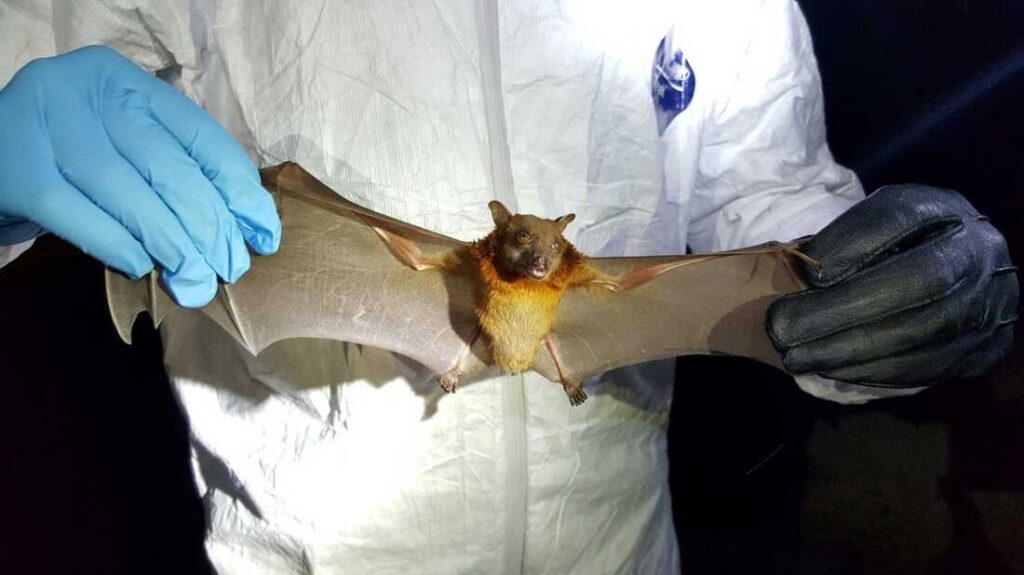A recent study has uncovered 20 new bat viruses in China, including two that are closely related to the deadly Nipah and Hendra viruses.
The discovery was made by a team of researchers who analyzed the kidneys of 142 bats from ten different species over a period of four years.
What Were the Researchers Looking For?
The team used advanced genetic sequencing to identify the viruses, which were found in bats living in five areas of Yunnan province.
The two most concerning viruses were new henipaviruses, which are known for their high fatality rates in humans. These viruses were found in fruit bats that were living near orchards close to human villages.

The Risk of Transmission: What You Need to Know
The study raises concerns about the risk of these viruses jumping to humans or livestock through contaminated fruit or urine.
Henipaviruses can spread through urine, and since the viruses were found in the bats’ kidneys, it’s possible that humans or animals could become infected.
The fact that the bats were captured in orchards, where they come into contact with humans and livestock, increases the risk of transmission.
Experts Weigh In: What Does This Mean for Us?
According to Dr. Alison Peel, a wildlife disease ecologist and veterinarian at the University of Sydney, the discovery is “concerning” but it’s not yet known if the new viruses can infect humans.
“We have other examples of close evolutionary cousins to Hendra and Nipah that appear not to be of any concern for spillover, so there will need to be some more laboratory studies on these new viruses to determine the actual risk,” she said.
Lessons from Australia: How to Reduce the Risk of Transmission
The link between virus-carrying bats and fruit orchards in China provides a lesson to Australia, where similar conditions exist.
Dr. Peel noted that research on Hendra virus spillover in Australia has shown that habitat destruction, loss of natural food, and increased spillover risk are all connected.
“Rather than focusing on bats as the problem, we’ve also shown evidence that protecting and restoring bat food sources is an effective and sustainable solution,” she said.
The Risk of Global Spread: What Can We Do?
Associate Professor Vinod Balasubramaniam from Monash University warned that the new viruses could spread swiftly from China to Australia due to global connectivity.
“The similarity between Australian rural environments and Yunnan’s orchards near human settlements stresses the urgency of intensified surveillance and biosecurity measures,” he said.
This highlights the need for robust local monitoring strategies, particularly targeting bat kidneys, to prevent the spread of these deadly viruses.

